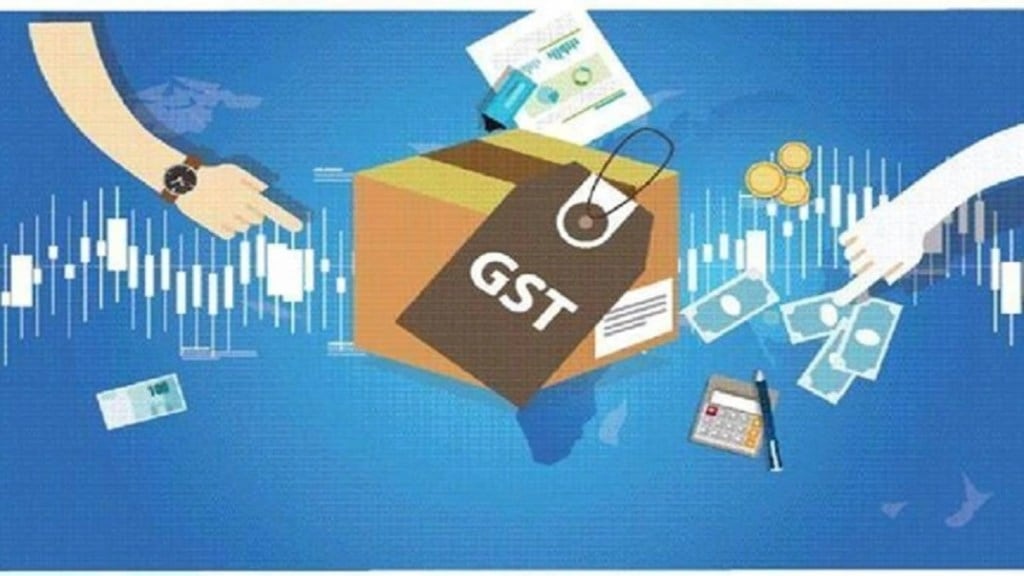By Shilpa Dhobale
World MSME Day 27th June 2023: The e-invoicing turnover limit serves as the fundamental requirement that determines whether a company is subject to the e-invoice Mandate. In recent times, the government has implemented a further reduction in the e-invoicing turnover limit, encompassing companies with an annual aggregate turnover of Rs 5 crore or more as per GST Notification 10/2023. If you have recently surpassed or are on the verge of surpassing the e-invoicing threshold limit, it is crucial for you to learn the next steps you need to undertake.
Introduction to E-invoicing under GST
E-invoicing, also known as electronic invoicing, is a system designed to authenticate B2B invoices, export invoices and other documents mentioned in the e-invoicing mandate through designated systems i.e. the Invoice Registration Portal (IRP).
This streamlined process enables businesses to submit their pre-generated standard invoices to a centralized portal for registration with government systems (IRP), generating a unique identification number called the Invoice Registration Number (IRN). To facilitate easy authentication of physical invoices, the Invoice Registration Portal (IRP) also provides a digitally signed QR code for each invoice.
Also read: 6 years of GST: 88% MSMEs see reduced cost of goods and services, says Deloitte survey
The key advantage of e-invoicing is that businesses only need to enter the invoice details once, as the IRP automates multi-purpose reporting by sharing this data with the GST system, automatically populating GSTR 1 for self and the purchaser’s GSTR 2A/2B. This implementation of e-invoicing under the GST framework plays a vital role in enabling the government to address tax leakage and combat fraudulent activities by authenticating every business transaction occurring nationwide.
Steps to take if your business crosses the e-invoicing turnover limit
Give a crash course on e-invoicing to your accounts department: Educating your accounts department about the intricacies of e-invoicing is vital. Conduct training sessions or provide resources to familiarize them with the concept, processes, and compliance requirements of e-invoicing. Ensure they understand how to generate, authenticate, and submit invoices electronically to comply with the e-invoice mandate.
Before e-invoicing became mandatory, both your B2B and B2C invoices probably had a standard format that Indian businesses typically used nationwide. However, once your turnover crossed the e-invoicing threshold, you can no longer generate invoices in the same way as before.
Register on an Invoice Registration Portal: To seamlessly start generating e-invoices, it is crucial to register your business on a government-recognized Invoice Registration Portal (IRP). Registering on an IRP allows you to generate unique Invoice Registration Numbers (IRNs) for your invoices, ensuring compliance and seamless data transmission. Presently, the government has authorized four private IRPs namely Cygnet, ClearTax, EY and IRIS IRP.
Prep your Internal Systems: Adapting your internal systems to incorporate e-invoicing is essential. Ensure your accounting or ERP software is updated to support e-invoicing functionalities. Ensure that your systems are updated with the latest tax rates, HSN code, etc. Collaborate with your IT team or software provider to implement necessary changes, such as integrating with the IRP, automating invoice generation, and ensuring compatibility with the prescribed invoice format and data fields.
You will need to have different setups for your B2B and B2C invoicing, which is another significant task. Your invoice template also needs an update to include e-invoice details and QR code
Put the good word out: Spread awareness about your transition to e-invoicing within your business network. Communicate with your suppliers, customers, and other relevant stakeholders about the shift and the benefits it brings. Share information on how they can adapt their processes to align with your e-invoicing requirements. By fostering collaboration and understanding, you can streamline the transition for all parties involved.
Find a reliable e-invoice solution provider: Choosing a trustworthy and competent e-invoice solution provider is crucial. Conduct thorough research, read reviews, and consider factors such as experience, reliability, security measures, and customer support. Evaluate their ability to integrate with your existing systems and ensure they comply with the government’s guidelines. Selecting the right solution provider will greatly influence the efficiency and success of your e-invoicing implementation.
In conclusion, e-invoicing has several advantages, and SMEs should embrace this change wholeheartedly. E-invoicing under GST may initially seem like a major overhaul and enormous effort, but if handled properly, it can be beneficial to you. E-invoicing does not require a significant financial investment or a sizable IT team at your business to manage it. Just choose the right IRP and keep yourself up-to-date with the new changes in the mandate.
Shilpa Dhobale is Head of Product & Strategy IRISGST at IRIS. Views expressed are the author’s own.


